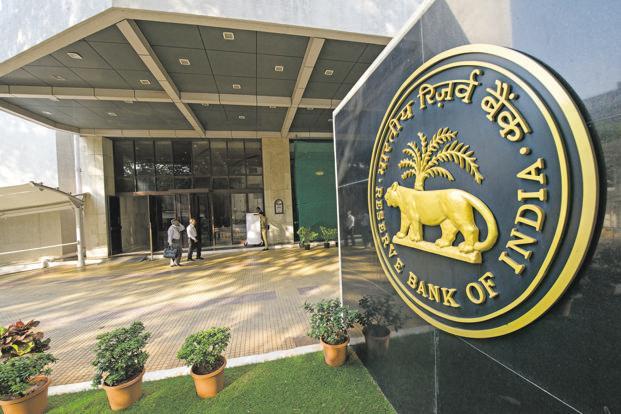The Reserve Bank of India's monetary policy committee (MPC) has cut the repo rate by 40 basis points despite the "highly uncertain" outlook on retail inflation. MPC expected the high inflation rate regime to be short-lived and said it would fall below four per cent in the second half of the current financial year.
However, experts are not on the same page as the MPC on inflation. Madan Sabnavis, chief economist at CARE Ratings, did not agree with MPC's assessment that inflation would fall below four per cent in the third and fourth quarters of the current financial eyar.
He said,"Inflation would remain above four per cent, closer to five per cent, in the remaining months of FY21."
According to Sabnavis, while demand in the non-food segment is low, supply has also been disrupted, which is why inflation would remain high. On the food side, inflation has not come down despite good Rabi output, as there is tendency to recoup earlier losses. This is likely to happen for Kharif crops as well, he said.
RBI also feared that the high food inflation may persist for a few more months, depending on the extent of the lockdown and restoration of the supply chains.
The consumer price index (CPI) for food and beverages rose to 151.4 points in April from 148.9 points in the previous months. However, a caution should be exercised in interpreting this number as many sub-groups such as meat and fish are missing in the April data due to lockdown.
The central bank was particularly worried about inflation in pulses and wanted the government to “reappraise” import duties, besides taking other supply side measures.
CPI in pulses stood at 150.4 points in April against 141.1 points.
RBI also wanted the Food Corporation of India (FCI) to offload some part of excess cereal stocks to cool down ceareal prices and create room for rabi procurement.
The RBi has also, for the first time, acknowledged that the economy will contract in the current financial year even as independent experts have already assessed so.
However, RBI governor Shaktikanta Das did not give exact figure of fall in the gross domestic product (GDP). He looked forward to release of GDP data for 2019-20 by the statistics office next week to make a specific projection.
The governor expected gradual revival of the economy in the second half due to possible lifting of lockdown and fiscal/monetary stimulus. However, this has a downward bias as the governor said much depended on how quickly the Covid curve flattens and begins to moderate.
The RBI's assessment came even as independent experts feared the economy to contract between five to seven per cent in FY'21.
Even today, ICRA further cut its projections for the economic contraction. From earlier expectation of one to two per cent fall in GDP for 2020 21, it now expected the decline to be five per cent.
"We now expect GDP to report contractions of 25 per cent and 2.1 per cent for Q1 and Q2 of FY'21, which implies that a recession is underway," ICRA principal economist Aditi Nayar said.
On the assumption that the lockdown will be lifted within the first quarter of 2020-21, Nayar expected a V-shaped recovery.
"However, if there is a second wave of infections that forces subsequent lockdowns either in India or globally, the ensuing demand uncertainty and supply chain hiccups could result in a W- shaped economic cycle, the inflection points of which can’t be gauged at this stage," she said.
